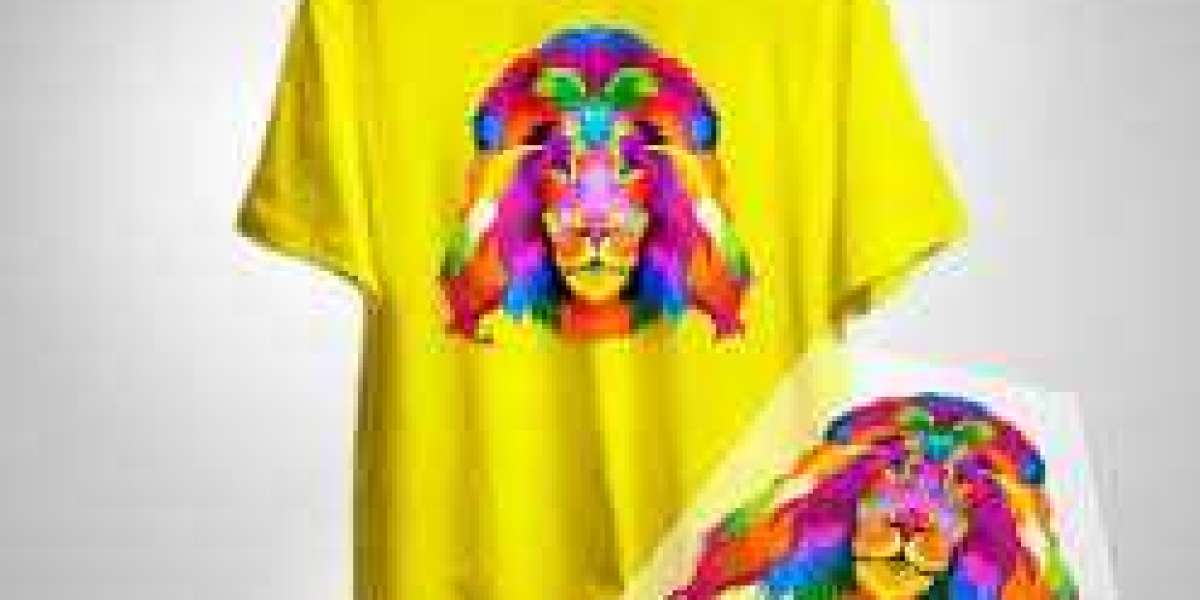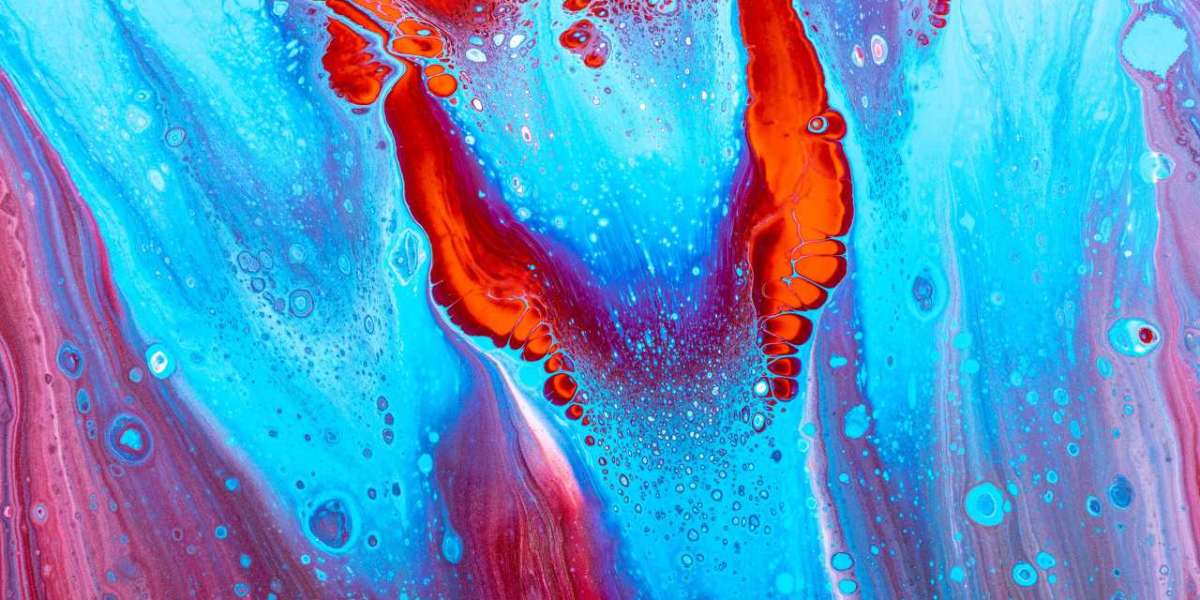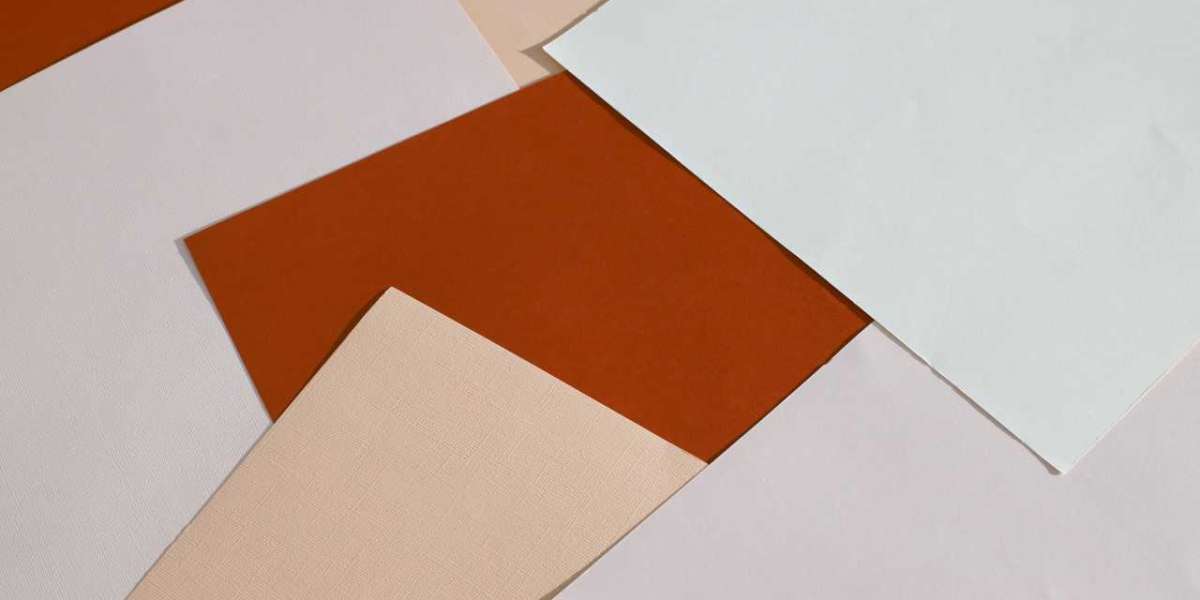When transferring files using DTF, you will need a printer that is compatible with the DTF format. Not all printers are compatible, so be sure to check before purchasing one.
Introduction
In order to print using the DTF transfer method, you will need a printer that is compatible with this type of transfer. There are a few different types of printers on the market that can be used for DTF transfer, so it is important to do your research to find the one that is right for you and your needs. Once you have found the right printer, you will be able to produce high-quality prints that are perfect for any project.
What is DTF transfer?
DTF transfer, or Direct to Film transfer, is a process of printing digital images directly onto a film. This type of printing is typically used for high-quality, long-lasting prints, as the film provides a stable surface for the ink to adhere to.
DTF transfer printers are specialized machines that use a high-powered laser to print images onto a sheet of film. The film is then placed onto a substrate, such as paper or fabric, and the ink is transferred to the substrate. This process is typically used for prints that will be exposed to high levels of UV light, such as outdoor signs or vehicle wraps.
The main advantage of DTF transfer is the high quality of the final print. The laser used to print onto the film is very precise, so the image is transferred with great detail. This printing method also produces prints that are highly resistant to fading and other damage, making it ideal for prints that will be exposed to the elements.
The downside of DTF transfer is that it is a more expensive printing method than other options, such as inkjet or screen printing. It is also a slower process, so it is not well suited for large print runs.
What kind of printer do you need for DTF transfer?
If you're looking to get into DTF (direct-to-garment) printing, you're going to need a specialized printer. DTF printers are designed to print directly onto fabric, using special inks that are absorbed by the fabric. This printing method is perfect for printing custom t-shirts, but it can also be used for other garments like hoodies, aprons, and tote bags.
There are a few different brands that make DTF printers, but the two most popular are Epson and Brother. Both of these brands make high-quality printers that are perfect for DTF printing. If you're just getting started in the world of DTF printing, we recommend going with an Epson printer. They're a bit more affordable than Brother printers, and they still produce great results.
Once you have your DTF printer, you'll also need some specialized inks. These inks are designed to be used with DTF printers, and they won't work with regular printers. Make sure to get inks that are compatible with your printer model, as some inks are only compatible with certain printer models.
With a DTF printer and some specialized inks, you'll be able to produce high-quality custom garments. This printing method is perfect for small businesses or anyone who wants to print custom t-shirts, hoodies, or other garments.
How to set up your printer for DTF transfer?
DTF or Direct to Film printing is a printing method that allows you to print directly onto a film substrate. This printing method is commonly used for making signs, banners, and other graphics. In order to set up your printer for DTF transfer, there are a few things you will need to do.
First, you will need to make sure that your printer is able to print on the film substrate. Most printers are able to do this, but there are some that are not. If your printer is not able to print on the film substrate, you will need to purchase a special film printer.
Next, you will need to purchase the film substrate. There are a variety of film substrates available, so you will need to choose the one that is best for your project. Once you have the film substrate, you will need to load it into your printer.
Finally, you will need to set up your printer settings. The settings will vary depending on the type of film substrate you are using. Once you have the settings configured, you will be able to print directly onto the film substrate.
What are the benefits of DTF transfer?
If you're in the market for a new printer, you may be wondering if a DTF transfer printer is the right choice for you. In this blog post, we'll discuss the benefits of DTF transfer printers so you can make an informed decision.
DTF transfer printers are designed to print on a variety of substrates, including t-shirts, hoodies, and other garments. Unlike traditional printers, DTF transfer printers do not require a separate transfer paper. This makes them ideal for businesses that want to print on a variety of products.
DTF transfer printers use a special printing process that allows for full-color prints. This means you can print photos and other images with intricate details. Traditional printers are limited to printing in one or two colors.
DTF transfer printers are also much faster than traditional printers. This is because the printing process is streamlined and there is no need to wait for the transfer paper to dry.
Overall, DTF transfer printers offer a number of advantages over traditional printers. If you're looking for a printer that can handle a variety of substrates and print in full color, a DTF transfer printer is the right choice for you.
What are the steps involved in DTF transfer printing?
DTF transfer printing is a printing method that uses a transfer sheet to transfer an image onto a substrate. The transfer sheet is first printed on with a sublimation printer. Once the transfer sheet is printed, it is then placed on top of the substrate and heat is applied. The heat causes the inks on the transfer sheet to sublimate, or turn from a solid into a gas. The gas then transfers the image onto the substrate.
DTF transfer printing is a great option for those who want to print on a variety of different materials. The transfer sheets can be purchased in a variety of different sizes, which makes it easy to print on substrates of all shapes and sizes. Additionally, the inks used in DTF transfer printing are very versatile and can be used on a variety of different materials, including plastics, metals, glass, and even fabrics.
How to troubleshoot DTF transfer printing problems?
If you're having problems with DTF transfer printing, there are a few things you can do to troubleshoot the issue. First, check to make sure that your printer is set up correctly. Make sure that the print head is clean and that the printing surface is free of debris. You may also need to adjust the settings on your printer to get the best results.
If you're still having problems, try using a different type of transfer paper. There are a variety of papers available, and each one works best with certain types of printers and in certain conditions. experiment with different papers until you find one that gives you the best results.
Finally, if you're still having problems, contact the manufacturer of your printer or the company that makes the transfer paper. They may be able to offer more specific advice on how to troubleshoot your particular problem.
DTG Printers
Digital transfer printing, also known as DTG printing, is a process of printing on garments using cutting edge printing technology. In DTG printing, specialised inkjet printers are used to print the design directly onto the fabric of the garment. This printing method is perfect for printing complex designs, photos, or logos onto t-shirts, hoodies, and other garments.
DTG printers use aqueous or water-based inks that are absorbed by the fabric. This printing method is perfect for printing complex designs, photos, or logos onto t-shirt, hoodies, and other garments. DTG printing is also a great option for printing small orders of custom t-shirts, as there is no minimum order quantity.
The benefits of DTG printing are that the prints are soft to the touch, have a high level of detail, and the colours are very accurate. DTG prints are also very durable and will not crack or fade over time.
Dye Sublimation Printers
If you're looking to get into the world of DTF (direct-to-fabric) printing, you're going to need a dye sublimation printer. Dye sublimation is a printing technique that uses heat to transfer dye onto a fabric, which results in a vibrant and durable print.
There are a few things to keep in mind when shopping for a dye sublimation printer. First, you'll need to make sure that the printer uses sublimation inks. These inks are designed to vaporize at high temperatures, which is necessary for the printing process. Second, you'll need to choose a printer with a high print resolution. Dye sublimation prints are known for their sharp detail and vivid colors, so you'll want a printer that can do them justice. Finally, you'll need to make sure that the printer can handle the type of fabric you want to print on. Dye sublimation works best on polyester fabrics, so if you're looking to print on other materials, you may want to consider a different printing technique.
If you're looking for a high-quality dye sublimation printer, we recommend the Epson SureColor F2100. This printer uses sublimation inks to produce sharp, vibrant prints, and it has a high print resolution of 1440x1440 dpi. It can also handle a variety of fabric types, so you can experiment with different materials until you find the perfect one for your project.
Laser Printers
If you're looking to get into DTF (direct-to-film) printing, then you're going to need a laser printer. DTF printing is a process in which an image is printed directly onto a piece of film, and laser printers are the only type of printer that can handle this kind of printing.
There are a few things to keep in mind when shopping for a laser printer for DTF printing. First, you'll need to make sure that the printer has a high enough resolution to produce the kind of quality that you're looking for. Second, you'll need to make sure that the printer can handle the kind of film that you want to print on. And finally, you'll need to make sure that the printer is compatible with the software that you'll be using to print your images.
When it comes to resolution, you'll want to look for a printer that can print at least 1200 dpi (dots per inch). This will ensure that your prints are nice and sharp. If you're looking to print on photographic film, then you'll need a printer that can print at least 2400 dpi.
As for film compatibility, you'll need to make sure that the printer can handle the type of film that you want to use. There are a few different types of film that are commonly used for DTF printing, so you'll need to make sure that your printer can handle the type of film that you're looking to use. The most common types of film are polyester-based films and cellulose acetate-based films.
Finally, you'll need to make sure that the printer is compatible with the software that you'll be using. The most common type of software for DTF printing is called RIP software. This software is used to convert your images into a format that can be printed on film. Make sure that your printer is compatible with the RIP software that you're using before you make your purchase.
With these things in mind, you should be able to find the perfect laser printer for your DTF printing needs.
UV Printers
There are two types of printers that can be used for DTF (direct to garment) printing: inkjet and UV. Inkjet printers use water-based inks that are absorbed into the fabric, while UV printers use inks that are cured with ultraviolet light.
UV printers are the best choice for DTF printing, as they provide a number of advantages over inkjet printers. First, UV inks are more durable and will not fade or wash out over time. Second, UV printers can print on a wider range of fabrics, including dark-colored garments. Third, UV printing is a much faster process than inkjet printing, so you can print more garments in a shorter period of time. Finally, UV printers produce a higher quality print than inkjet printers, so your garments will look better and last longer.
Conclusion
If you need to print DTF files, you will need a printer that is specifically designed for DTF printing. Many printers that are commonly used for regular printing can also be used to print DTF files, but some may need specific settings or adapters to do so. It is important to find a printer that is compatible with your computer and DTF files, as printing them incorrectly can result in ruined files or even a printer that can't handle DTF files at all.








